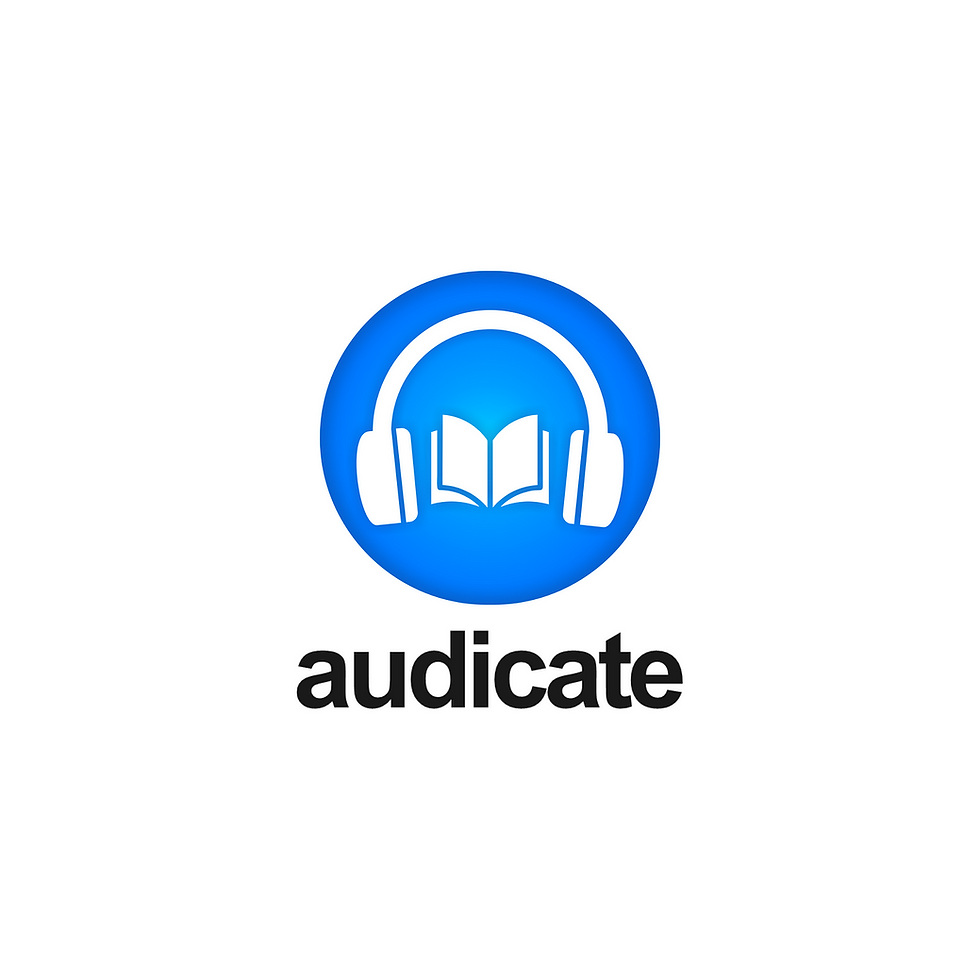How to Prepare for CLAT?
- Ankit Malviya
- Feb 14, 2023
- 3 min read

The Common Law Admission Test (CLAT) is a highly competitive exam that is conducted for admission into undergraduate and postgraduate law programs offered by several National Law Universities in India. Preparing for the CLAT requires a well-planned study schedule, dedication, and focused effort. While there are numerous resources available for CLAT preparation, including textbooks, online courses, and coaching classes, one often overlooked resource is audiobooks. In this article, we will provide some tips on how to prepare for CLAT and how audiobooks can help students.
Understand the Syllabus: The first step in preparing for the CLAT is to understand the syllabus. The CLAT syllabus includes several topics, including English Language, General Knowledge & Current Affairs, Elementary Mathematics, Legal Aptitude, and Logical Reasoning. It is essential to go through the syllabus and prepare a list of topics that need to be covered.
Create a Study Plan: Once you have a clear understanding of the syllabus, you should create a study plan. This plan should be realistic and consider the time available before the exam. You should allocate enough time for each subject and revise regularly.
Choose the Right Study Materials: There are numerous study materials available for CLAT preparation, including textbooks, online courses, and coaching classes. It is important to choose study materials that are comprehensive, easy to understand, and aligned with the CLAT syllabus.
Practice Previous Year Question Papers: Practicing previous year question papers is an essential part of CLAT preparation. It helps you get familiar with the exam pattern and develop a better understanding of the types of questions asked in the exam. You should also analyze your performance and identify your strengths and weaknesses.
Take Mock Tests: Taking mock tests is an excellent way to assess your preparation level and identify areas that need improvement. It also helps you manage your time effectively and get a feel for the actual exam.
Focus on Conceptual Understanding: The CLAT questions are designed to test your conceptual understanding of a topic rather than just your knowledge. It is crucial to focus on developing a conceptual understanding of each subject to do well in the exam.
Revise Regularly: Regular revision is crucial for retaining information and preparing well for the exam. Make a habit of revising regularly, and ensure that you have a clear understanding of each topic.
Stay Motivated: Preparing for the CLAT can be a long and challenging process. It is essential to stay motivated and maintain a positive attitude. Surround yourself with positive influences and take breaks to avoid burnout.
Audiobooks for CLAT
In addition to the above tips, audiobooks can be a valuable resource for CLAT preparation. Here are some ways audiobooks can help students:
Convenience: Audiobooks are an excellent resource for students who are always on the move. They can listen to the audiobook while traveling, doing household chores, or even during a break in between classes.
Reinforcement: Listening to an audiobook is an effective way to reinforce what you've learned. It helps you retain information and reinforces concepts in your memory.
Accessibility: Audiobooks are easily accessible and can be downloaded from various platforms such as Audible, Amazon, and Google Play. They are available in various formats, including MP3, M4B, and WMA.
Time Management: Audiobooks can help students manage their time effectively. They can listen to an audiobook while doing other activities, which can save them time and increase their productivity.
In conclusion, preparing for the CLAT requires a lot of hard work, dedication, and effective planning. By following the tips outlined above and using audiobooks as a study resource, you can prepare well
Audiobooks for CLAT are available at Audicate



Comments